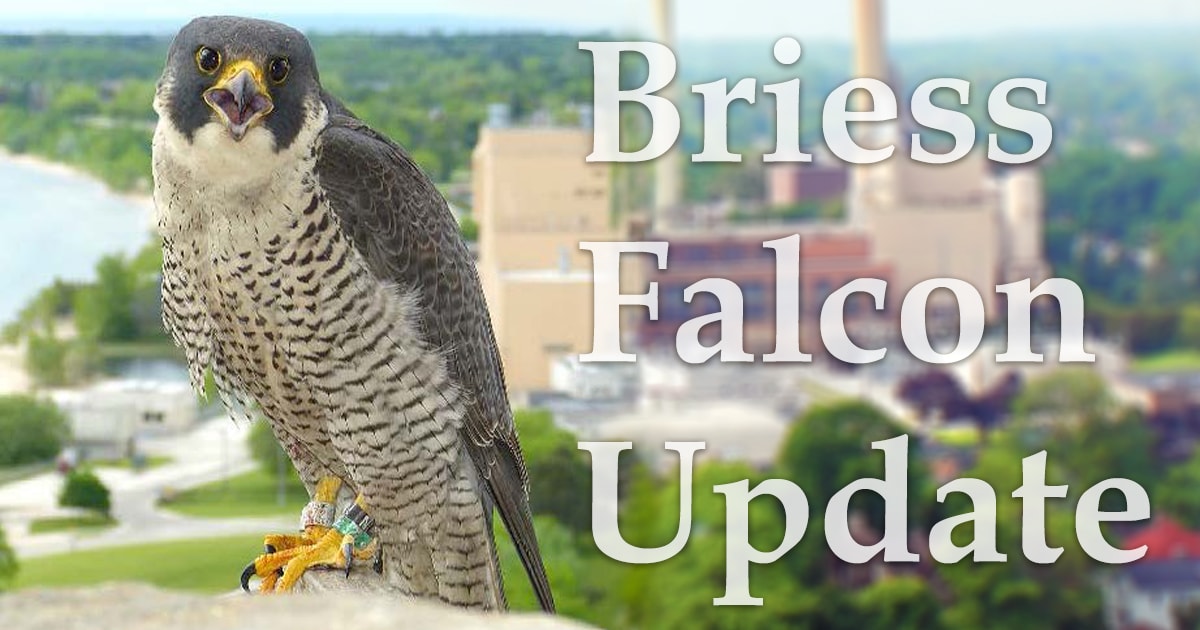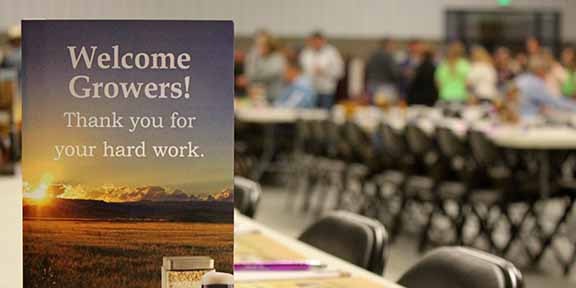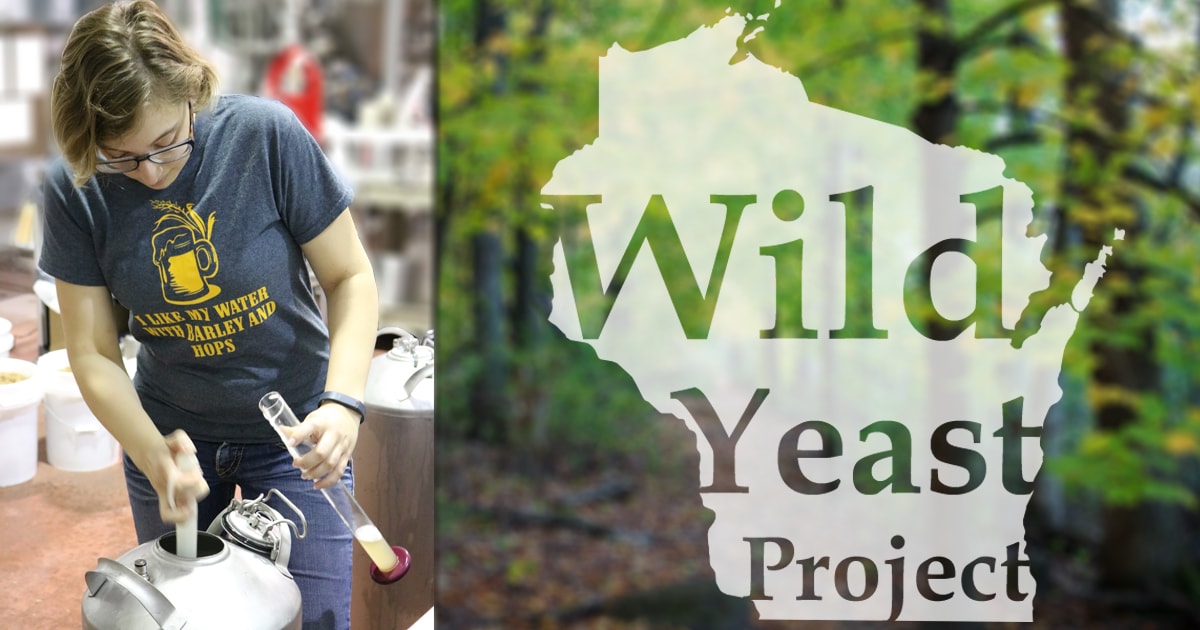
We last left our falcon update in June. The young eyasses had been named, banded and growing by the day. At times the young appeared larger than their parents, but this was only because of their downy plumage. Soon they began bouncing around and becoming restless, eager to take their first leap into the new world. In early August, a couple weeks before the young fledged, they could be found on the nest box deck flapping their wings, gaining muscle strength and coordination.
Once eyasses take their maiden voyage, they will return to the nest box throughout the first week or so, as they learn to maneuver through the air before exploring new territories. The young falcon’s tails are a bit longer in their first year, which aids their maneuverability in flight. Paired with the height of the building, the falcons have plenty of time to learn how to flap their wings up and down to navigate through the air. Occasionally, however, some eyasses are not as skillful and find themselves on the ground. They can usually safely navigate themselves to the ground, though it may not be very graceful.
When a young falcon finds himself unexpectedly on the ground, Briess staff are able to assist when necessary. A soft towel is draped over the eyas, covering his eyes to calm him while he is wrapped up safely in the towel to restrict movement and avoid injury. They are then carried back up twelve stories to the top of the grain elevator and placed outside on the roof of the building. They are given a second chance to take their “flight test,” learning from their previous mistakes.
This assistance is rarely needed as many young learn to fly on the first leap out of survival instincts. Once they have begun to master the technique of flying, they will leave the nest site for good, or “disperse.” They will begin to explore their new world and eventually find a new home and perhaps even a mate. It may be months, even years, before we learn the whereabouts of our 2016 eyasses. This is simply because they will have to be identified by another webcam or falcon enthusiast who records band numbers before we can find out where the journey takes them.

Currently, Valcor and Patriot remain at the Manitowoc nest site, even after their four young have left. Some falcons will migrate south to warmer climates for the winter months. However, as habitats become more viable in the winter months, even up north, more falcons have found incentives to stay. Throughout Wisconsin, Minnesota, Illinois and Michigan there are nest sites that falcons can call home in the winter months. These nest sites provide ample shelter from the cold and elements. Paired with a sufficient food source, falcons do not need to migrate. Peregrine Falcons are birds of prey and the city life provides a year-round source of birds, such as pigeons and finches.
However, there are falcons that have been known to simply like the warmer climates. Greg Septon, Peregrine Falcon Expert, told a story of one male falcon who travels south to Austin, TX every winter and hangs out on tall buildings throughout Austin and at a park near town along the Colorado River. In the summer, he flies north to the banks of Lake Superior. These stories can on be tracked by the bands on the falcons’ legs, which offer sufficient data on population and migration habits of the falcons.
It is not yet known if Valcor and Patriot will stay or if they will head south as the days begin to dip below freezing. You can still access the Briess Peregrine Falcon Cam and if you are lucky enough, you can see them perched on the ledge of the nest box. Often, only one of them will be there at a time, but they have been seen on rare occasions together. On nice days, they spend most of their time flying, exploring and hunting, but every now and then they may take an afternoon break from their excursions. The best time to see them tends to be early in the morning before they take off or just before dusk when they turn in for the night.
LIVE Feed from the Falcon Nest Box atop the Briess Manitowoc Grain Elevator.


